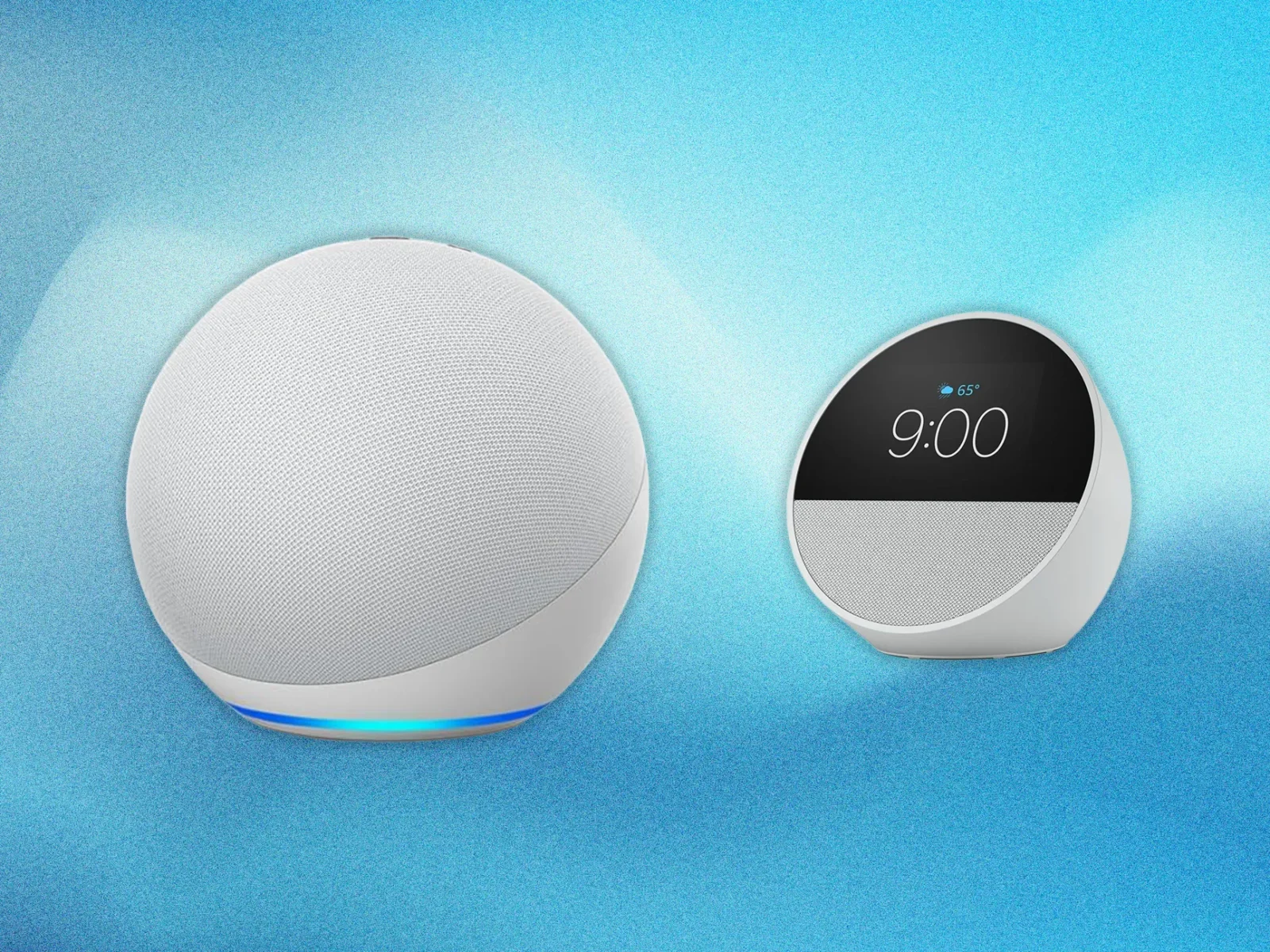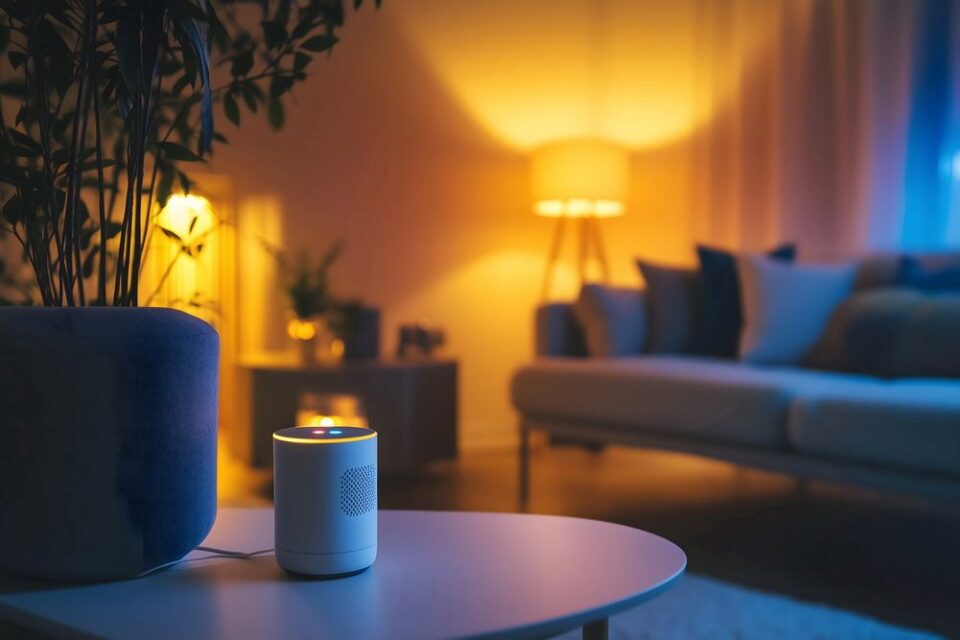I am one of those homeowners whose introduction to home automation was by way of smart lighting. I chose lighting because it seemed simple enough to work with. It was also capable of making an immediate impact on my day-to-day life. Little did I know how much greater an impact adding a smart speaker would have on my home automation world.
The smart speaker, or should I say two of them, made their way into my home a couple of months ago. Looking back, I now wished that my entry into home automation would have been through a smart speaker rather than lighting. Adding smart speakers to my setup drastically changed both my perception and use of home automation.
I Chose the Amazon Echo
For the record, I chose the Amazon Echo as my smart speaker. My choice was not based on any particular love for Amazon or its smart home technology. I chose the Echo because Amazon was offering an incredible sale price I could not turn down. I got two Echo Dots for under $25 in total.
Fairness dictates that I had to insure the Echo would work with my home automation platform before I ordered the speakers. Had they not been compatible, no price would have convinced me to buy them. But they were, so that’s that.
I use an open-source home automation platform popular with DIYers. But for consumers utilizing other platforms, Amazon Alexa and Echo support is fairly common. Vivint is a good example. The nationally known smart home company’s systems are compatible with both Amazon and Google smart speakers.
Alexa Without the Ecosystem
The main advantage of choosing the Echo as my smart speaker was getting access to Alexa capabilities without having to rely on Amazon’s smart home ecosystem. I was able to integrate Alexa with my open-source platform just by installing and configuring an add-on.
The result is that I still maintain control over all of my devices through the original platform. My Echo devices simply act as smart speakers through which I access that platform. I do not rely on the Amazon ecosystem for smart home device control, scripting, etc.
I do take advantage of many Alexa skills that I believe enhance my home automation system considerably. More on those in a minute. But let me first explain why I wanted a smart speaker to begin with.
Control With Voice Command
My open-source home automation platform offers limited voice control. Let us say I want to turn on the plug that recharges the lawn mower out in the shed. I can pull out my phone, run the app, and issue a verbal command to turn the plug on. But if I am going to all that trouble, I can just as easily tap a button.
It is possible to activate the app with a wake word. But that means allowing the app to constantly run in the background. I do not want that, because it eats battery power and slows down my phone unnecessarily. But I still want voice control with minimal effort.
With a smart speaker installed at either end of the house, I can control my home automation system with voice commands and never pull my phone out of my pocket. Voice commands turn the lights on and off. They activate and deactivate my surveillance cameras. I can use voice commands to adjust the thermostat, lock and unlock the door, and more.
Adding Skills to the Mix

Choosing the Echo gives me fast and convenient voice control over my entire system. But it also gives me something else: access to Alexa skills. I never realized how much I could do with a smart speaker until I started investigating skills.
Asking a simple question causes Alexa to give me the day’s weather report. I can ask Alexa about last night’s sports scores, news headlines, and whether the local theatre is showing a particular movie.
Alexa can play my favorite songs and artists. Better yet, I can tie both Echo devices together to fill the entire house with music. It is like having a whole-home sound system in two small speakers that actually sound incredible.
Alarms and Reminders, Too
Another feature that I really love is the ability to set alarms and reminders by speaking to Alexa the same way I would speak to a human being. I simply say something like “set a reminder for 60 minutes.” Alexa will ask me what the reminder is for. An hour later, I hear an alert consisting of tones and a specific reminder spoken by a synthesized voice.
This might not seem like a big deal, but I never really appreciated the possibilities until I started exploring them. Gone are the days of putting laundry in the dryer and forgetting about it. Alexa reminds me to pull it out and fold it.
I use voice alarms and reminders to keep me on track throughout the day. Sometimes I will tell Alexa to turn the lights on at a specific time or unlock the door just before I am scheduled to return home. It is amazing what I can do with my home automation system just by speaking.
I Still Have Remote Access

Even with all the capabilities the Echo smart speaker offers, none of them interfere with remote access using my phone. I could choose to run the Alexa app, but I do not. Instead, I’ve decided to stick with the app that came with my open-source platform. It works just as well on my phone while letting me support the open-source concept.
Even when I am away from home, I can bring up the app to monitor or modify my home automation system. I can view my camera feeds, turn lights on and off, and so forth. And I can do so with my voice.
Adding smart speakers to my system was one of the best home automation choices I have ever made. It truly changed my home automation world.

